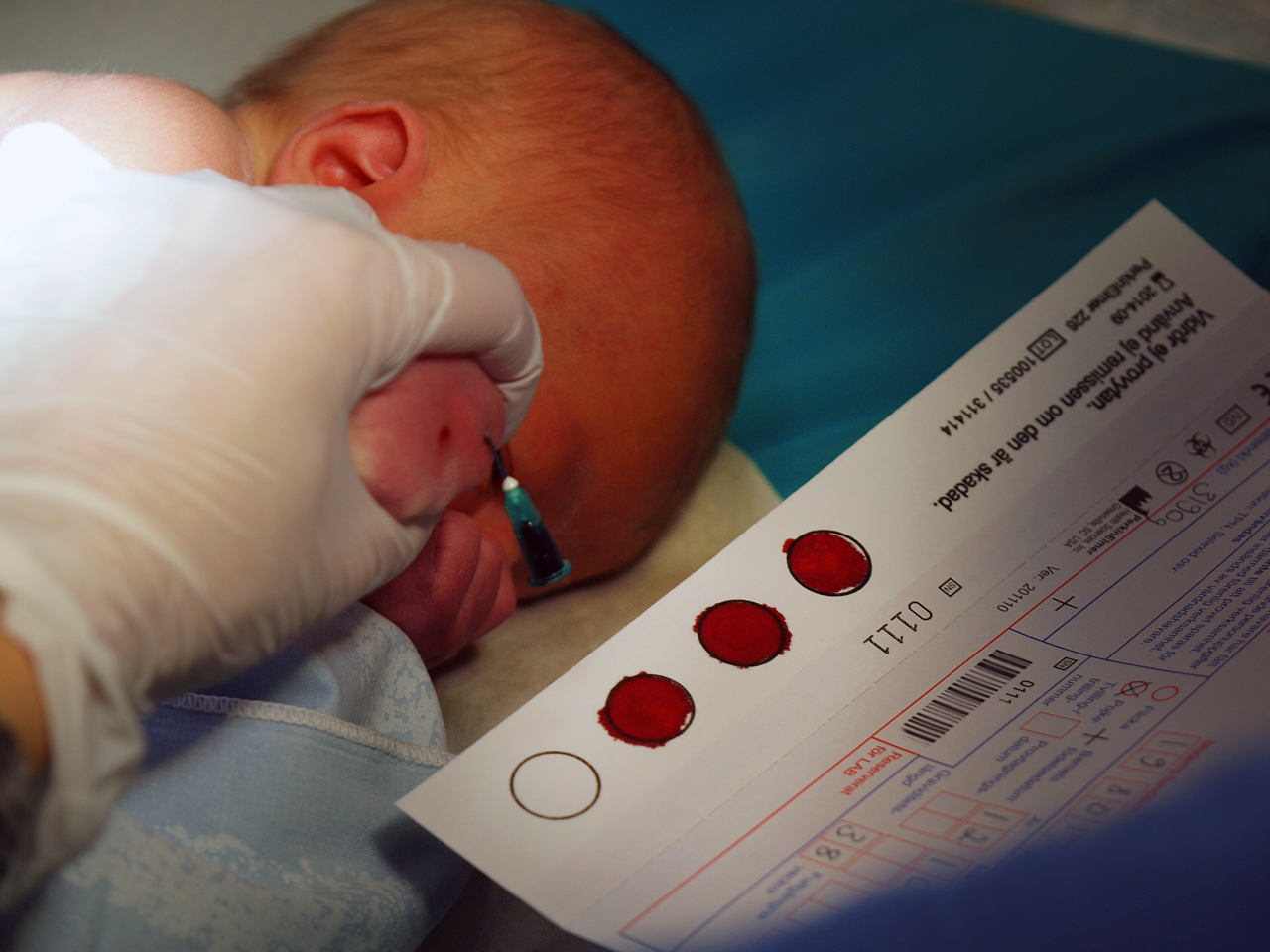|
Vitiligo Research Foundation
The Vitiligo Research Foundation (VRF) is a 501(c)(3) non-profit organization focused on the human skin disease, vitiligo. Main initiatives Initiatives established or supported by the VRF include a Vitiligo BioBank and CloudBank, sponsorship of World Vitiligo Day, a World Vitiligo Map of vitiligo research centers, patient support groups, and related healthcare providers, and an initiative to facilitate crowdfunding of small related research efforts. History, governance, and funding The Vitiligo Research Foundation was founded in 2010 by Russian entrepreneur Dmitry Aksenov, whose daughter suffers from vitiligo, after he concluded that there was a lack of research into the disease. It is managed by a small team of permanent staff, and led by a Board of Directors (Torello Lotti, Professor, Dermatology Division, Marconi University, chair). A Scientific Advisory Board advises on scientific issues. The VRF's Public Advisory Board advises the Foundation on aspects of living with vitil ... [...More Info...] [...Related Items...] OR: [Wikipedia] [Google] [Baidu] |
501(c)(3) Organization
A 501(c)(3) organization is a United States corporation, Trust (business), trust, unincorporated association or other type of organization exempt from federal income tax under section 501(c)(3) of Title 26 of the United States Code. It is one of the 29 types of 501(c) organization, 501(c) nonprofit organizations in the US. 501(c)(3) tax-exemptions apply to entities that are organized and operated exclusively for religion, religious, Charitable organization, charitable, science, scientific, literature, literary or educational purposes, for Public security#Organizations, testing for public safety, to foster national or international amateur sports competition, or for the prevention of Child abuse, cruelty to children or Cruelty to animals, animals. 501(c)(3) exemption applies also for any non-incorporated Community Chest (organization), community chest, fund, Cooperating Associations, cooperating association or foundation organized and operated exclusively for those purposes. [...More Info...] [...Related Items...] OR: [Wikipedia] [Google] [Baidu] |
Vitiligo
Vitiligo is a disorder that causes the skin to lose its color. Specific causes are unknown but studies suggest a link to immune system changes. Signs and symptoms The only sign of vitiligo is the presence of pale patchy areas of depigmented skin which tend to occur on the extremities. Some people may experience itching before a new patch occurs. The patches are initially small, but often grow and change shape. When skin lesions occur, they are most prominent on the face, hands and wrists. The loss of skin pigmentation is particularly noticeable around body orifices, such as the mouth, eyes, nostrils, genitalia and Navel, umbilicus. Some lesions have hyperpigmentation, increased skin pigment around the edges. Those affected by vitiligo who are Stigmatization, stigmatized for their condition may experience depression and similar mood disorders. File:Vitiligo03.jpg, Vitiligo on lighter skin File:Vitiligo1.JPG, Non-segmental vitiligo on dark skin, hand facing up File:Eyelid v ... [...More Info...] [...Related Items...] OR: [Wikipedia] [Google] [Baidu] |
Biobank
A biobank is a type of biorepository that stores biological samples (usually human) for use in research. Biobanks have become an important resource in medical research, supporting many types of contemporary research like genomics and personalized medicine. Biobanks can give researchers access to data representing a large number of people. Samples in biobanks and the data derived from those samples can often be used by multiple researchers for cross purpose research studies. For example, many diseases are associated with single-nucleotide polymorphisms. Genome-wide association studies using data from tens or hundreds of thousands of individuals can identify these genetic associations as potential disease biomarkers. Many researchers struggled to acquire sufficient samples prior to the advent of biobanks. Biobanks have provoked questions on privacy, research ethics, and medical ethics. Viewpoints on what constitutes appropriate biobank ethics diverge. However, a consensus has bee ... [...More Info...] [...Related Items...] OR: [Wikipedia] [Google] [Baidu] |
World Vitiligo Day
The World Vitiligo Day, observed on June 25, is an initiative aimed to build global awareness about vitiligo. Vitiligo occurs in 1-2% of the population worldwide; a loss of color in the skin creating a variety of patterns on the skin from loss of pigment. Vitiligo is often called a disease instead of a disorder and that can have a significant negative social and/or psychological impact on patients, in part because of numerous misconceptions still present in large parts of the world. The idea of a World Vitiligo Day was first nursed by Steve Haragadon, the founder of the Vitiligo Friends network, and then developed and finalized by Ogo Maduewesi, a Nigerian vitiligo patient who is the founder and Executive Director of the Vitiligo Support and Awareness Foundation (VITSAF). In her words, “World Vitiligo Day is a day to create extensive awareness on vitiligo and a day dedicated to all living with vitiligo globally”.http://www.facebook.com/notes/ogo-maduewesi/report-vitiligo-purple ... [...More Info...] [...Related Items...] OR: [Wikipedia] [Google] [Baidu] |
Dmitriy Aksyonov
viennacontemporary is an international fair for contemporary art in Vienna, Austria. From 2015 to 2020 it took place annually in the fourth week of September at the Marx Halle, located in St. Marx, a part of Vienna's third district. In 2021, the fair took place at Neue Alte Post in Vienna. Since 2022, viennacontemporary regularly takes place in September in Kursalon Vienna in Stadtpark in the center of Vienna. Besides its focus on Central- and Eastern Europe, viennacontemporary presents international and Austrian galleries showcasing young and established positions of contemporary art. The art fair is accompanied by a series of supporting events, which take place in cooperation with Austrian museums and other art institutions and aim to promote and strengthen Vienna's importance as a center for contemporary art and culture. Every year, viennacontemporary attracts several thousand visitors, including many international stakeholders of the art world. In 2022, around 70 galleries ... [...More Info...] [...Related Items...] OR: [Wikipedia] [Google] [Baidu] |
Marconi University
Guglielmo Marconi University (GMU) ( it, Università Degli Studi Guglielmo Marconi), often abbreviated as UniMarconi is a private, non-profit university in Rome, Italy. The university offers degrees at the undergraduate and graduate level. History The university was originally proposed by the Tertium Foundation, a consortium formed by " Cassa di Risparmio di Roma", the InterUniversity consortium “Formazione per la Comunicazione”, and " Cassa di Risparmio di Bologna" in Rome, Italy. Guglielmo Marconi University was approved with a 2004 Ministerial Decree of qualifications recognized by Italian law and by the Italian education system. In 2005, the university joined the GUIDE Association - a consortium of 120 universities. Campus Guglielmo Marconi University has three main campuses, all located in Rome: * Headquarters and Administrative Offices - located in Vio Plinio * Didactic Production Center - located in Via Vittoria Colonna * Classrooms and Lecture Halls - located in Via ... [...More Info...] [...Related Items...] OR: [Wikipedia] [Google] [Baidu] |
Lee Thomas (reporter)
Lee Thomas (born September 15, 1967) is an author and an Emmy award winning entertainment reporter for WJBK Fox 2 News in Southfield, Michigan. Personal life Thomas has vitiligo, a disease that causes the skin to lose its pigmentation.'I'm a black man turning white on television'" ''BrisbaneTimes'', December 18, 2007 Education Thomas obtained his Bachelor of Arts in Communication from in . ...
|
Pharmaceutical Industry
The pharmaceutical industry discovers, develops, produces, and markets drugs or pharmaceutical drugs for use as medications to be administered to patients (or self-administered), with the aim to cure them, vaccinate them, or alleviate symptoms. Pharmaceutical companies may deal in generic or brand medications and medical devices. They are subject to a variety of laws and regulations that govern the patenting, testing, safety, efficacy using drug testing and marketing of drugs. The global pharmaceuticals market produced treatments worth $1,228.45 billion in 2020 and showed a compound annual growth rate (CAGR) of 1.8%. History Mid-1800s – 1945: From botanicals to the first synthetic drugs The modern era of pharmaceutical industry began with local apothecaries that expanded from their traditional role of distributing botanical drugs such as morphine and quinine to wholesale manufacture in the mid-1800s, and from discoveries resulting from applied research. Intentional drug ... [...More Info...] [...Related Items...] OR: [Wikipedia] [Google] [Baidu] |
Biobank
A biobank is a type of biorepository that stores biological samples (usually human) for use in research. Biobanks have become an important resource in medical research, supporting many types of contemporary research like genomics and personalized medicine. Biobanks can give researchers access to data representing a large number of people. Samples in biobanks and the data derived from those samples can often be used by multiple researchers for cross purpose research studies. For example, many diseases are associated with single-nucleotide polymorphisms. Genome-wide association studies using data from tens or hundreds of thousands of individuals can identify these genetic associations as potential disease biomarkers. Many researchers struggled to acquire sufficient samples prior to the advent of biobanks. Biobanks have provoked questions on privacy, research ethics, and medical ethics. Viewpoints on what constitutes appropriate biobank ethics diverge. However, a consensus has bee ... [...More Info...] [...Related Items...] OR: [Wikipedia] [Google] [Baidu] |
Genetic Material
Nucleic acids are biopolymers, macromolecules, essential to all known forms of life. They are composed of nucleotides, which are the monomers made of three components: a 5-carbon sugar, a phosphate group and a nitrogenous base. The two main classes of nucleic acids are deoxyribonucleic acid (DNA) and ribonucleic acid (RNA). If the sugar is ribose, the polymer is RNA; if the sugar is the ribose derivative deoxyribose, the polymer is DNA. Nucleic acids are naturally occurring chemical compounds that serve as the primary information-carrying molecules in cells and make up the genetic material. Nucleic acids are found in abundance in all living things, where they create, encode, and then store information of every living cell of every life-form on Earth. In turn, they function to transmit and express that information inside and outside the cell nucleus to the interior operations of the cell and ultimately to the next generation of each living organism. The encoded information is c ... [...More Info...] [...Related Items...] OR: [Wikipedia] [Google] [Baidu] |
Health Records
The terms medical record, health record and medical chart are used somewhat interchangeably to describe the systematic documentation of a single patient's medical history and care across time within one particular health care provider's jurisdiction. A medical record includes a variety of types of "notes" entered over time by healthcare professionals, recording observations and administration of drugs and therapies, orders for the administration of drugs and therapies, test results, x-rays, reports, etc. The maintenance of complete and accurate medical records is a requirement of health care providers and is generally enforced as a licensing or certification prerequisite. The terms are used for the written (paper notes), physical (image films) and digital records that exist for each individual patient and for the body of information found therein. Medical records have traditionally been compiled and maintained by health care providers, but advances in online data storage have led ... [...More Info...] [...Related Items...] OR: [Wikipedia] [Google] [Baidu] |
Standard Operating Procedures
A standard operating procedure (SOP) is a set of step-by-step instructions compiled by an organization to help workers carry out routine operations. SOPs aim to achieve efficiency, quality output, and uniformity of performance, while reducing miscommunication and failure to comply with industry regulations. Some military services (e.g., in the U.S. and the UK) use the term standing (rather than ''standard'') operating procedure, since a military SOP refers to a unit's unique procedures, which are not necessarily standard to another unit. The word "standard" could suggest that only one (standard) procedure is to be used across all units. The term is sometimes used facetiously to refer to practices that are unconstructive, yet the norm. In the Philippines, for instance, "SOP" is the term for pervasive corruption within the government and its institutions. Clinical research and practice In clinical research, the '' International Council for Harmonisation'' (ICH) defines SOPs as "de ... [...More Info...] [...Related Items...] OR: [Wikipedia] [Google] [Baidu] |




_(6982162417).jpg)
.jpg)